Whether in a restaurant, a ready-to-wear boutique, an automotive industry or a shopping mall, occupational risk is present everywhere, but in different forms and degrees. Knowing the notion of occupational risk, its obligations and preventive measures, is a must to ensure protection and comfort at work for every individual. Focus on occupational risks with NeoSol, expert in the sale of preventive mats for professionals.
Occupational risk: what it is and how to assess it
There are several definitions of occupational risk, but according to the French Labor Code, it means " a risk to the health and safety of employees in the course of their professional activity " . This notion encompasses a whole range of risk situations that fall into different categories: psychosocial, physical, biological, chemical, work-related travel, use of work equipment, fire or explosion.
Each of these categories contains a non-exhaustive list of risks. For example, there are risks associated with :
- Noise and vibration;
- Electrical and fire risks;
- Contamination and chemical risks;
- Carrying heavy loads;
- Slips, trips and falls;
The list of occupational hazards is long, and varies according to sector of activity and working hours (day or night). This list has been compiled after analyzing a number of situations, dangerous or otherwise, which can have an impact on an employee's working conditions. Even today, many accidents and occupational illnesses are caused by occupational hazards, mainly due to a lack of prevention.
How do you know if a situation could pose a risk to employee health? It's the employer's job to assess every risk at every workstation. This assessment of occupational risks (EvRP) enables multiple situations to be analyzed, with the aim of identifying the hazards to which employees may be exposed. This is the 1ststep in the prevention process. This is because, before implementing any measures, it is essential to know the risks in detail, so as to be able to apply appropriate measures to each workstation (individual or collective protective equipment, such as professional preventive mats).
The information gathered during the risk assessment is then classified in order of dangerousness in the " Document unique d'évaluation des risques" (DUER ). This document must include an inventory of risks classified in order of dangerousness, as well as the preventive measures to be adopted. For this reason, it must be made available to employees so that they can consult it at any time, as well as in the event of an inspection by the CHSCT, occupational medicine, employee delegates, the labor inspectorate or other prevention bodies. The single document must be updated every year.
Occupational risk regulations: employer obligations
As stated above, the prevention of occupational risks is governed by a number of laws in the French Labor Code: articles L4121-1 to L4121-5, articles L4131-1 to L4131-4 and articles L452-1 to L452-5.
As the employer is responsible for the comfort, safety and health of his employees in the workplace, he is obliged to apply the regulations. Failure to do so may result in civil penalties (financial compensation in the event of an employee taking the matter to the Labour Court), criminal sanctions or administrative penalties. To avoid any prejudice, employers need to be aware of the various preventive measures they can put in place to protect their teams from risk.
What are your obligations?
1. Assess every hazard and risk within the company, for every workstation, piece of equipment or tool (this varies according to your sector of activity).
2. Implementpreventive action against occupational hazards.
3. Provide personal protective equipment (helmets, gloves, overalls, safety shoes) and collective protection.
4. Creation of work methods and procedures (break times, duration of exposure to harmful substances, work posture to reduce RSI, etc.).
5. Inform and train employees about each risk and how to avoid them. Ensure that mandatory documents are posted in break rooms, such as internal regulations (for companies with 50 or more employees), fire evacuation plans, etc.
6. Medical monitoring by the occupational health department.
NeoSol is well aware of the risks involved in the workplace, and offers several ranges of floor mats designed to respond to different risks. These include anti-slip mats to prevent slips and falls, anti-fatigue mats to help employees working on their feet to maintain good posture, and hygienic gratings to stop the proliferation of bacteria in the food industry. Our flooring catalog is suitable for all business sectors. Don't hesitate to contact us with any questions you may have.
![Fire classification, UPEC and ISO 10874 standards Fire classification, UPEC and ISO 10874 standards]() Fire classification, UPEC and ISO 10874 standardsFire rating and quality standards should be one of the main criteria to consider before buying professional flooring. Find out why with NEOSOL.Read More
Fire classification, UPEC and ISO 10874 standardsFire rating and quality standards should be one of the main criteria to consider before buying professional flooring. Find out why with NEOSOL.Read More![Static electricity risks and solutions Static electricity risks and solutions]() Static electricity risks and solutionsHow dangerous is static electricity for employees? How do industries reduce the risks associated with electrostatic discharge?Read More
Static electricity risks and solutionsHow dangerous is static electricity for employees? How do industries reduce the risks associated with electrostatic discharge?Read More![Professional mats: how to care for them? Professional mats: how to care for them?]() Professional mats: how to care for them?Professional mat maintenance is essential to maintain the longevity of your mat and the safety of passers-by. NEOSOL, the flooring expert, reveals its different maintenance methods.Read More
Professional mats: how to care for them?Professional mat maintenance is essential to maintain the longevity of your mat and the safety of passers-by. NEOSOL, the flooring expert, reveals its different maintenance methods.Read More![Accessibility and ERP: how do I know if I'm in compliance? Accessibility and ERP: how do I know if I'm in compliance?]() Accessibility and ERP: how do I know if I'm in compliance?Accessibility must be a priority for every ERP. But you still need to know if you're in compliance. To help you, NeoSol, the professional flooring specialist, tells you more.Read More
Accessibility and ERP: how do I know if I'm in compliance?Accessibility must be a priority for every ERP. But you still need to know if you're in compliance. To help you, NeoSol, the professional flooring specialist, tells you more.Read More
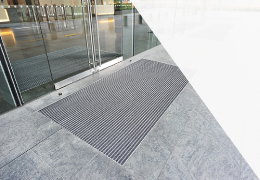
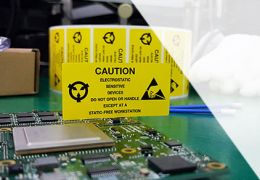
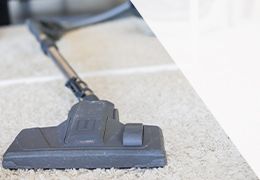

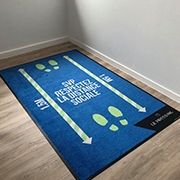

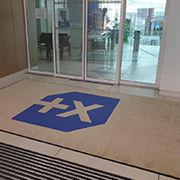
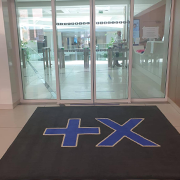
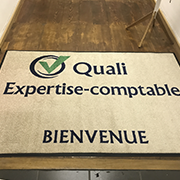
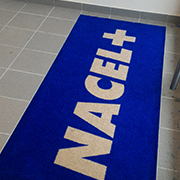
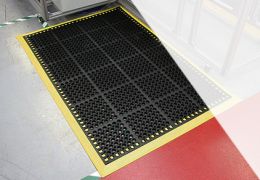
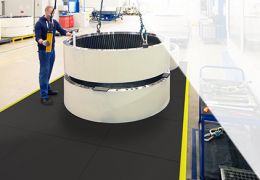
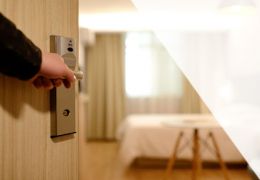
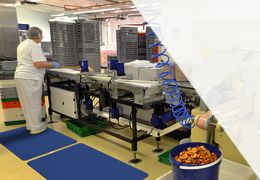
Leave a comment